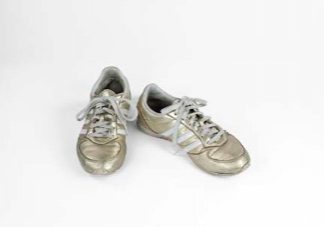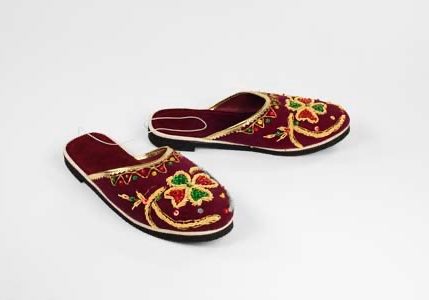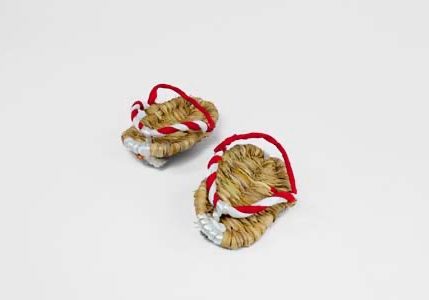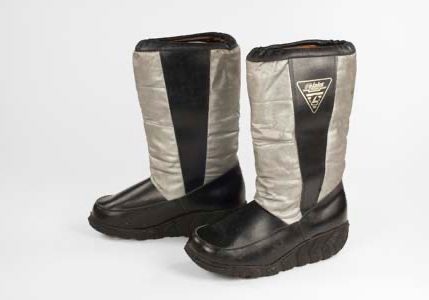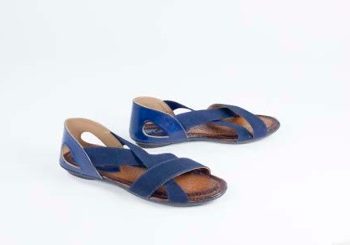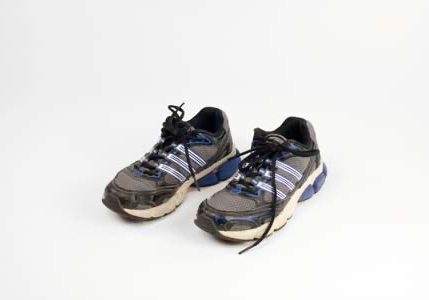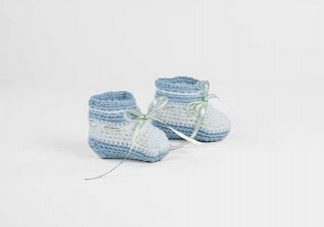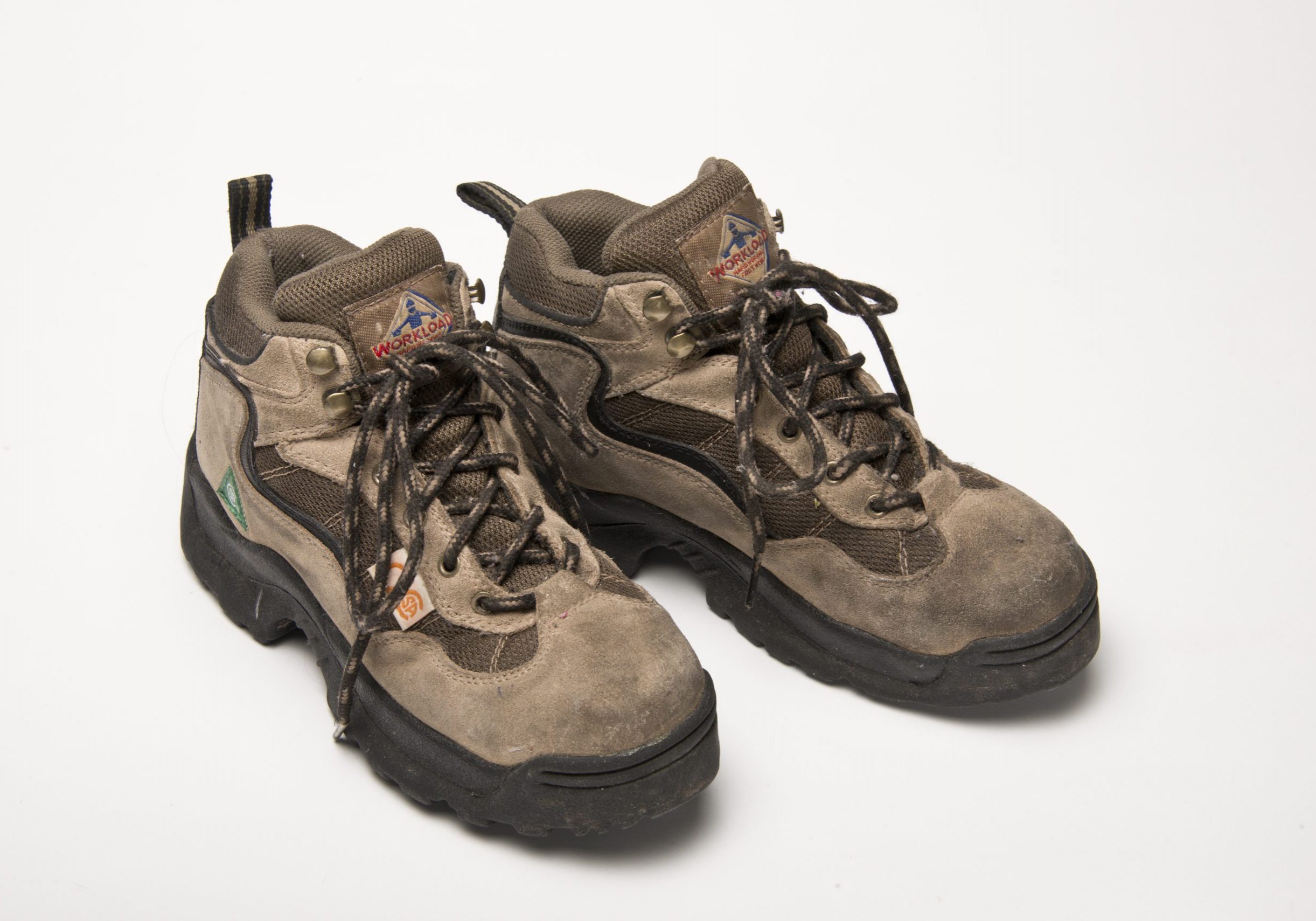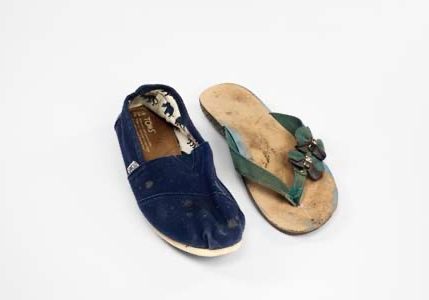Black and White West
Simten Osken
Summary:
The man kicked the saloon door with his leather boots and drew his pistol. He shot the candle glass hanging from the ceiling. He narrowed his eyes and spit out tobacco while twirling the pistol around his index finger. I remember this scene from the western movies I used to watch every Sunday morning when I was a child. I adored the lace-up boots worn by the women in these movies. I bought a pair in Istanbul a few years before my arrival in Canada, where I had a better chance to learn about the Wild West. Now I know the story is not black and white as it was on my television screen.
Story:
I have never bought any shoes just because they looked pretty, except my dark brown, lace-up boots. When I first saw them in a shoe store in Istanbul, I wanted to have them. I didn’t care about how expensive or inconvenient they were. I had wanted boots that style since the first time I saw them in American westerns.
These boots remind me of the beginning of the 1970s: the first years of television broadcasting in Turkey. It was only three days a week and a couple of hours a day. We had a Schaub Lorenz TV with a wooden case. It was big and heavy. Other families would decorate their TV sets with an embroidered tablecloth and a porcelain dish on top. However, we never did because my father didn’t like tiny objects lying around.
Every Sunday morning around 10:00, just before the classical music concert came on, our family would sit in the living room and watch a cowboy movie. There was no other choice. It was in black and white. Clint Eastwood, shiny metal stars, noisy gunfights and wild Indians meant nothing to me. But the ladies in their long dresses and wide-brimmed hats with a wide ribbon tied around them would always grab my attention. Stepping down from a horse carriage, they would lift their frilly skirts along with their white petticoats. The camera would zoom in on their leather, lace-up boots, sometimes half-boots, sometimes up to their knees.
Our games were influenced by westerns too. Like most of my friends, I always wanted to be a cowboy. We were led to believe that cowboys were good. Additionally, they had pistols and hats. But the Indians were portrayed as wild and bad; they killed white men. The game was as simple as that: Indians chased the cowboys and started a fight. Then the cowboys shot the Indians. End of game.
Before long, all Turkish culture became influenced by American culture. Television created new habits in our society. With his whole family, the janitor of our apartment building would visit us in the evening to watch TV. Sometimes he would send a message with his young boy to let us know that they would be coming. We would either drink tea or eat sunflower seeds while watching “The Little House on the Prairie.” Laura Ingalls, with her freckled face, was like a member of our family. She was good, but she also made many mistakes, just like the rest of us.
When I immigrated to Canada, I brought my lace-up boots with me. I also brought my moccasins with their colourful beadwork in a floral design. My husband had brought them back from a trip to Canada many years before.
Since moving to Toronto, I have had a better chance to explore the true history and culture of the aboriginal people. I admire their culture, especially their unity with nature and respect for wildlife. I read the poetry of a Cree man daily. When I met him in a poetry circle, he suggested a book to help me learn how his nation suffered after the arrival of the white men. He helped reinforce for me the fact that the story of the native people is not black and white as it is in old American movies.
I still love and wear my dark brown, lace-up boots on dry winter days. But only my moccasins keep my feet warm when I’m home.
SIMTEN OSKEN is from Turkey. She moved to Toronto in 2012. In Istanbul, she worked as a child psychologist. In Toronto, she works in a daycare centre.
Read Other Stories from this Author
In Her Shoes
My grandmother was born in a small town near Izmir during the Ottoman era, in the early days of the First World War. She was...
Time to Gow Up
Simten Osken’s practical black shoes were perfect for playing with small children or talking to their parents when she...
